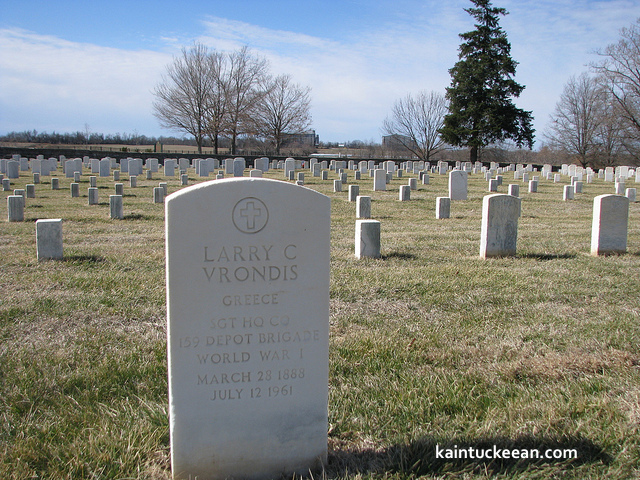The Blue Grass Trust will launch its new* PEP/Talk series (Preserve, Educate, and Protect) on Tuesday, June 16 at 5:30 pm POSTPONED with a talk and panel discussion centered on Kentucky’s Historic Rehabilitation Tax Credit Program.
Bob Griffith will talk about his award-winning restoration of the historic Clarkson House in Meade County, after which a panel discussion on Kentucky’s Historic Rehabilitation Tax Credit program will ensue.
 |
| Clarkson House, prior to restoration. |
 |
| Restored Clarkson House. |
Clarkson House (also known as Clarkson Hill) is a circa 1802 Federal style building in Flaherty (Meade County), Kentucky. Due to neglect, the house was literally falling down when the restoration began. Mr. Griffith’s restoration was awarded the 2014 Ida Lee Willis Preservation Project Award by the Kentucky Heritage Council.
Panelists will include Bob Griffith, Scot Walters (Site Development Program Manager for the KY Heritage Council), Linda Carroll (former BGT Board President), and Dr. Thad Overmyer (buyer of the Willis Green House in Danville, KY); Jason Sloan (BGT Director of Preservation). BGT President Maureen Peters, principal architect at Pearson & Peters Architects, will moderate.
*This event is the BGT’s inaugural PEP/Talk, though the format and outline of the series were guided by two earlier events: my reading and ensuing panel on Lost Lexington and Sarah House Tate’s discussion and ensuing panel discussion on modern architecture in Lexington.
About PEP/Talks
PEP/Talks begin at 5:30 pm with a social half-hour. At 6 pm PEP/Talks, a topical presentation, begins, followed by panel discussion with leading professionals from 6:45 to 7:30 pm. PEPTalks are held at the Dr. Thomas Hunt Morgan House Auditorium, 214 North Broadway, and are free and open to the public.


























